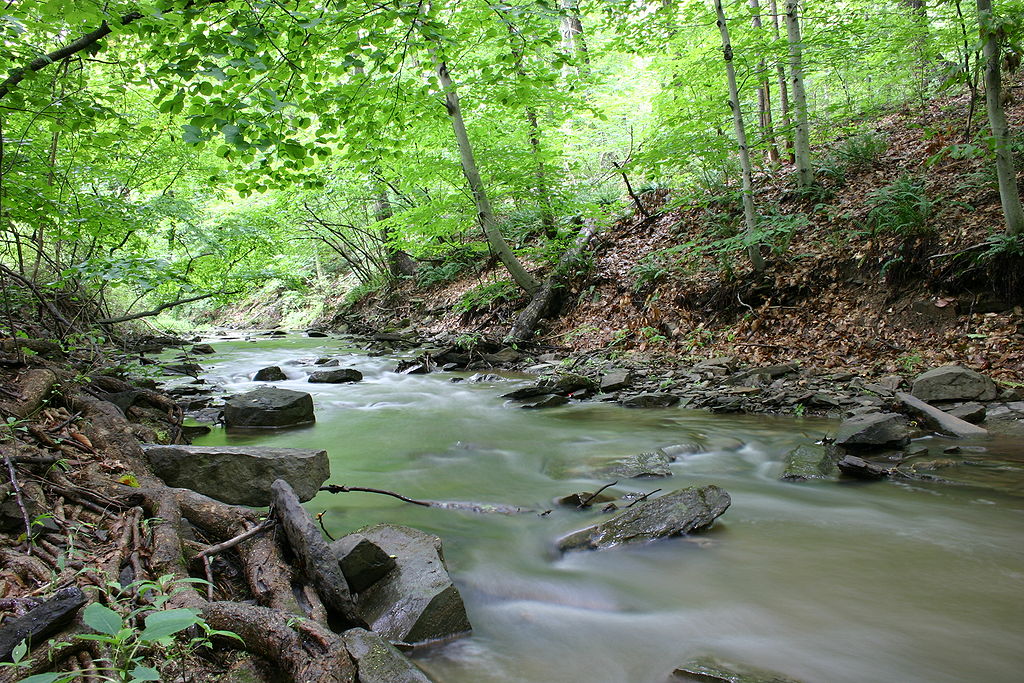
Logging Helping Forests
Forest biodiversity is an important component to maintaining forest health. In 2008, a group of researchers led by Robert McDonald performed a study where they looked at the effects of minimal, frequent logging activity (at about 1% intensity) on plant diversity. This study was important because it showed that some logging can actually boost plant growth and area diversity. In areas with rich soils, they saw almost a doubling of plant biodiversity with low-intensity logging. Areas with poor soil did not see this rapid regeneration, and their plant biodiversity saw minimal changes.
Too Much of a Good Thing
However, too much logging can have serious negative consequences on forest biodiversity. In 2016, a team of researchers led by Maarten de Groot compared the effects on biodiversity of 50% intensity logging, where half of all mature trees are taken, and 100% logging, where all mature trees are cut down. They found that fifty percent logging intensity retained diversity levels with the exception of birds and mycorrhizal fungi, who's diversity decreased. The loss of mycorrhizal fungi can be a bad omen for forest health, as new research has shown that these fungi are part of vast communication networks that allow trees to receive and send signals to other trees in the forest.
The researchers found that at 100% logging intensity, all species were affected and biodiversity was greatly decreased. At this logging level, other negative side effects beyond the lost of biodiversity were noted, including the erosion of rich, healthy soils that might have supported another generation of plant and tree growth. Importantly, these high intensity logging styles also allow invasive species to move in and take over these habitats.
Looking to the Future
Since 1985, New England has seen the steady decline of forested habitat, primarily due to land development projects. For the future of New England’s forests, it is important to recognize how land management practices can help or harm these existing forests. Minimal logging actually works to help trees regenerate and contributes to new growth. Land management is an important component to enjoying beautiful outdoor spaces. Facing the loss of much of New England forest habitat, it is important that the remaining forests are maintained and well managed so as to be enjoyed by many generations to come.

References
De Groot, M., Eler, K., Flajsman, K. (2016) Differential short-term response of functional
groups to a change in forest management in a temperate forest. Forest Ecology and Management 376, 256-274. doi:10.1016/j.foreco.2016.06.025
McDonald, R., Motzkin, G., Foster, D. (2008). The effect of logging on vegetation composition
in Western Massachusetts. Forest Ecology and Management 255, 4021-4031. Retrieved from
http://harvardforest.fas.harvard.edu/sites/harvardforest.fas.harvard.edu/files/publications/
Image Credits
"Timberjack 1070D Harverster" by Heikki Valve is licensed under CC BY 3.0
"Forest Creek Eagleville" by Mortis is licensed under CC BY 3.0